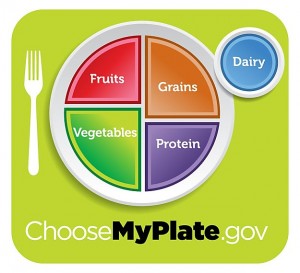 In major news this week, the Walt Disney Co. banned the advertising of junk foods from its television, radio and Internet programming. Under the new guidelines, advertisers who want to promote food and beverages on Disney programming for children must meet guidelines on serving size, calories, and fat and sugar content.
In major news this week, the Walt Disney Co. banned the advertising of junk foods from its television, radio and Internet programming. Under the new guidelines, advertisers who want to promote food and beverages on Disney programming for children must meet guidelines on serving size, calories, and fat and sugar content.
While it’s inspiring that such a large company is interested in promoting health among kids, I was even more inspired that Disney created a policy based on real evidence. Because, in fact, there is a growing body of evidence that links media consumption – and specifically advertisements – with negative health outcomes for children.
This systematic review, for example, looked at 173 studies examining the relationship between media consumption and health outcomes among children. In 80 percent of the studies, more media exposure was associated with a negative health outcome, and childhood obesity had the strongest correlation. This analysis considered the quantity of media that children watched, but not the content.
Another meta-analysis found a significant association between the proportion of children overweight and the number commercials per hour on children’s television, especially ads that promoting junk foods. The study used data from surveys of advertising on children’s television and estimates of the prevalence of overweight among children, in the U.S., Australia and eight European countries. It concluded the quantity and content of advertising on children’s television programs has a specific effect on children.
It’s great to see a major company taking cues from the evidence in an effort to improve the health of children!












